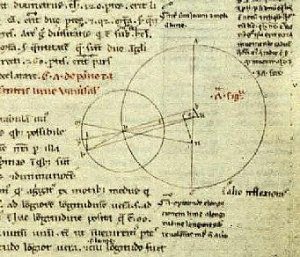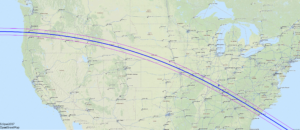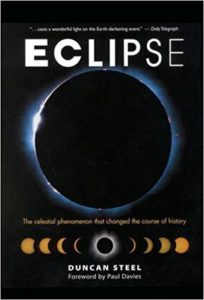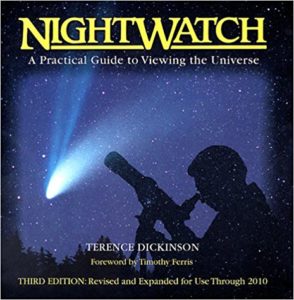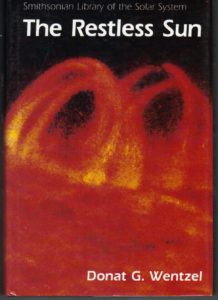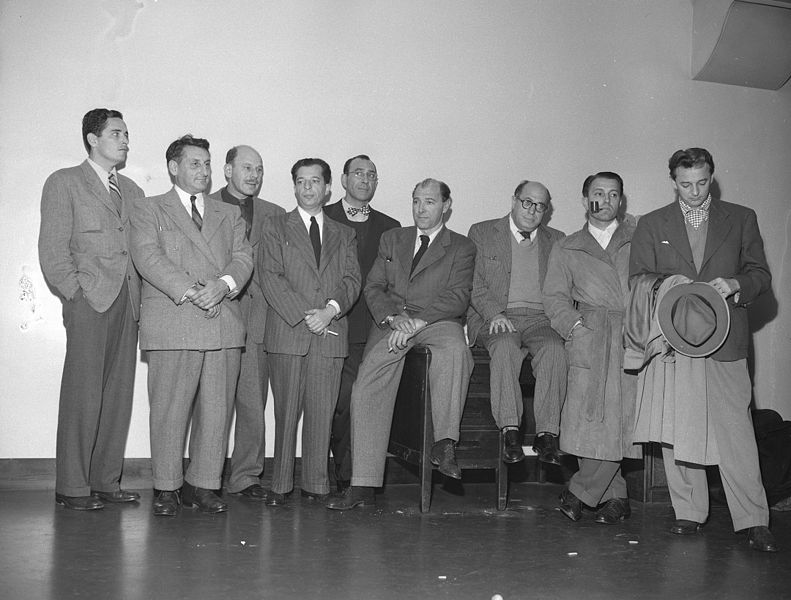Total Solar Eclipse 2017
The last time a total solar eclipse occurred, 38 years ago, people speculated how the animals would react; they wondered if chickens would return to roost and if roosters would crow as sunlight reappeared. When the solar eclipse crossed the Pacific Northwest, the view was blocked by cloudy skies but it did get very dark when the eclipse was at its peak. This August 21 residents and visitors are hoping the weather will cooperate for a full viewing experience. The 2017 event is unique because this is the first time a total solar eclipse has gone from one American coast to the other since 1918. It has also been a long time since a total solar eclipse occurred only within the United States region and will not be visible from any other country, making the August experience truly remarkable.
Most people in North America and Hawaii will be able to see at least a partial solar eclipse on August 21; we are fortunate to live in an area that will be in the total solar eclipse path. Here is a map of the states and cities within the total solar eclipse path:
https://www.space.com/35495-where-to-see-2017-total-solar-eclipse.html
If you are considering watching the total solar eclipse, be aware of the hazards of viewing and protect your eyes by wearing protective solar eclipse viewers because permanent damage can occur to unprotected eyes. The only safe way to look directly at the uneclipsed or partially eclipsed sun is through special viewers, such as eclipse glasses or hand-held solar viewers.
For further reading, check out these books from the Clark College Libraries:

